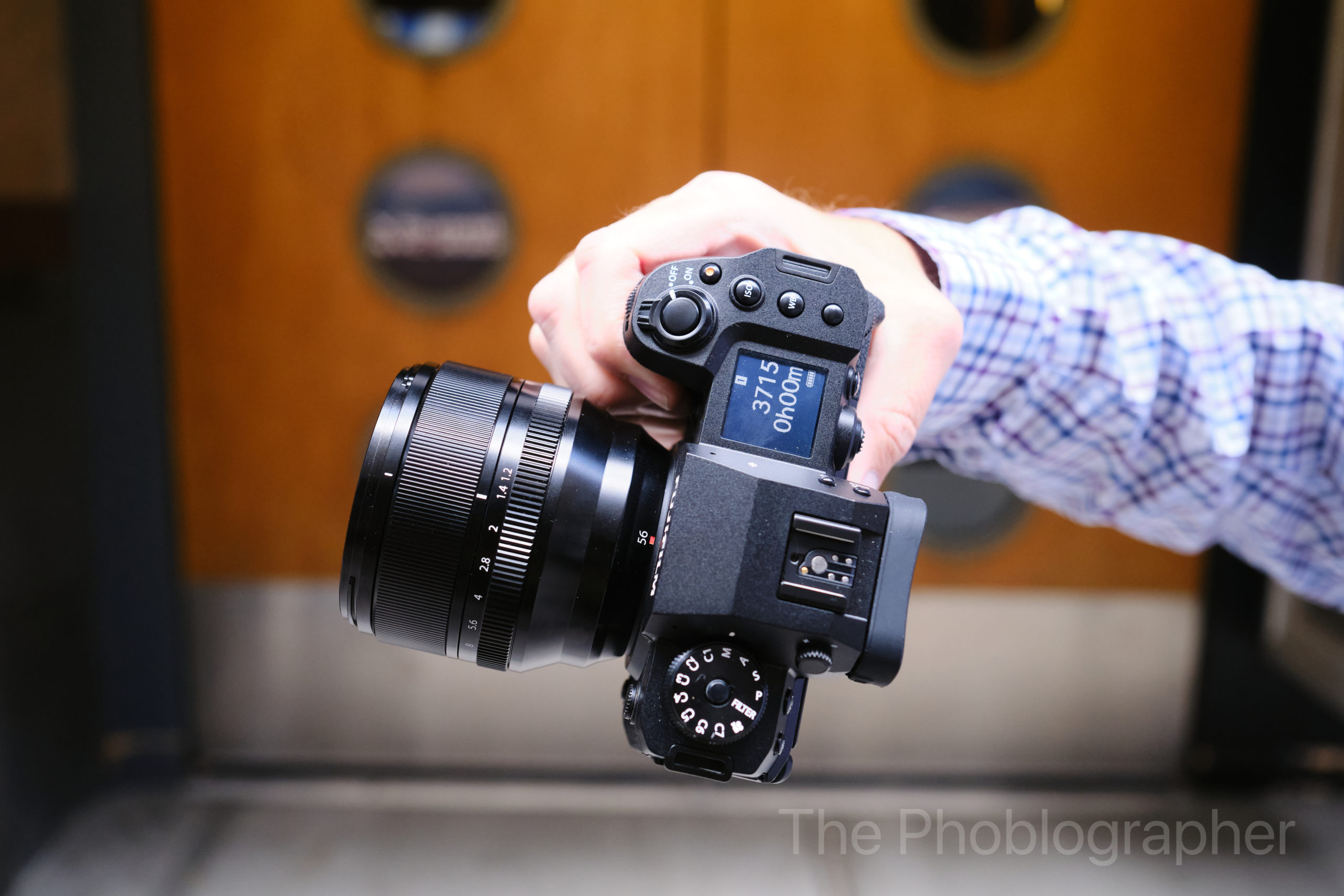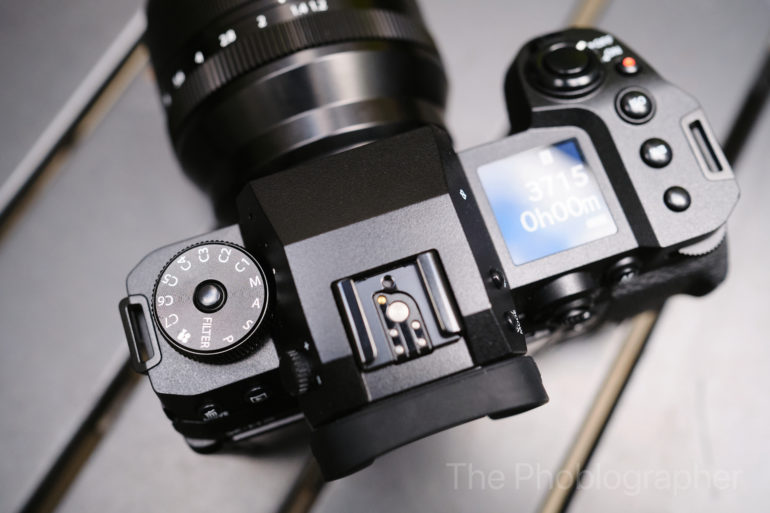Last Updated on 09/09/2022 by Chris Gampat
The Fujifilm XH2 was announced today officially, and we had some hands on time with it here in NYC. This is the camera that a certain breed of photographers have been waiting for. They’ve wanted a DSLR-style camera from Fujifilm with Fuji’s film simulations and all. What’s more, they crammed 40 megapixels onto the sensor. Some of us might think that that’s too much, but so far we’re actually quite impressed with how it’s performing.
Editor’s Note: This post was updated on September 9th 2022.
I want you readers to know that this blog post is being written probably within the first hour of us actually getting out of the X Summit auditorium. We’re working to get you as much information as we can, and that our full review will have a lot more information. We’ll also work to update this post when we can.
And overall, you should be excited about this camera. But if you’re the type like me that really enjoys the classic ergonomics, you’ll probably end up waiting for the X Pro 4 instead and hoping that they don’t treat it like the step-child the X Pro 3 is.
Transparency statement: Fujifilm flew press and YouTubers in from all around the world to NYC for the X Summit. I live in NYC and chose not to take the accommodations and hotel. All travel was paid for by the Phoblographer. Fujifilm, on the first night, treated us to dinner. On the second night, there was a cocktail hour; but I’m not drinking this month. If you ever question our ethics, please visit our Editorial Policies page to see more.
Table of Contents
Tech Specs
- 40MP X Trans sensor. This is X Trans 5
- At the moment, Fujifilm says this is the highest resolution sensor in the world in an APS-C camera
- IBIS
- Pixel-shift multi-shot, which makes 160MP photos. These files are created with a piece of Fujifilm software
- Max of 1/180,000 electronic shutter, so you can shoot at f1 if you want in bright light
- CFExpress B and SD card slot
- X processor 5
- AI Autofocusing
- HEIF Output
- Pretty much the same body as the XH2s
- No new film simulations
- Not as advanced for video shooting as the XH2s
- Fujifilm says the XH2 doesn’t have as good autofocusing as the XH2s, but that it’s still more than capable
- Weather resistance
- ISO 125 is the new low ISO setting
- Uses the XT4’s battery, which seems like its going to be a new standard for lots of Fujifilm cameras
- Targeted more to photographers than videographers
- Pick one up over at Amazon if you’re interested.
Ergonomics
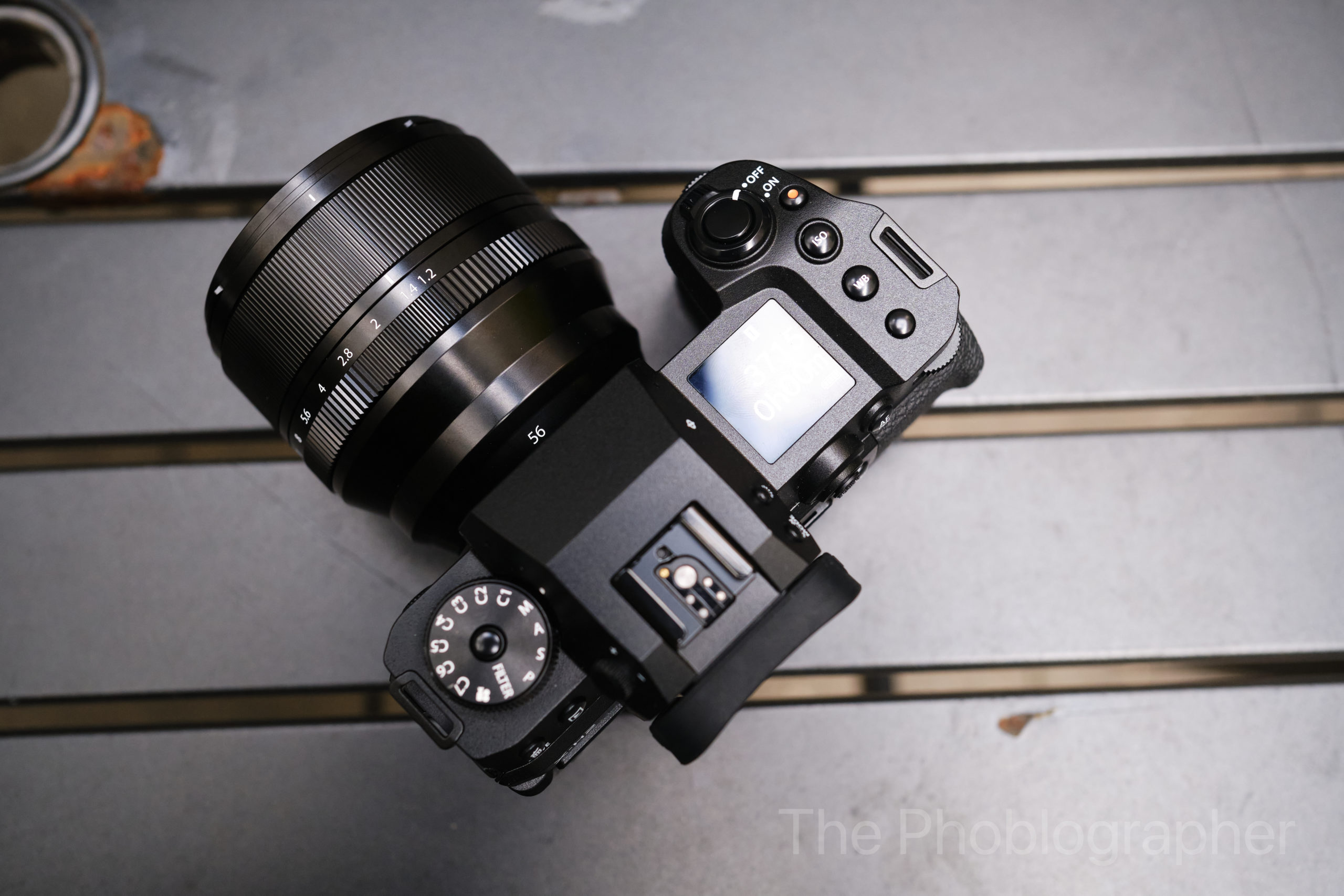
Here’s a look at the top down of the new Fujifilm XH2. It looks a whole lot like the previous one, but the dedicated dials are gone. And indeed, it looks like the XH2s. There’s a giant LCD screen, a mode dial, and buttons for dedicated controls.
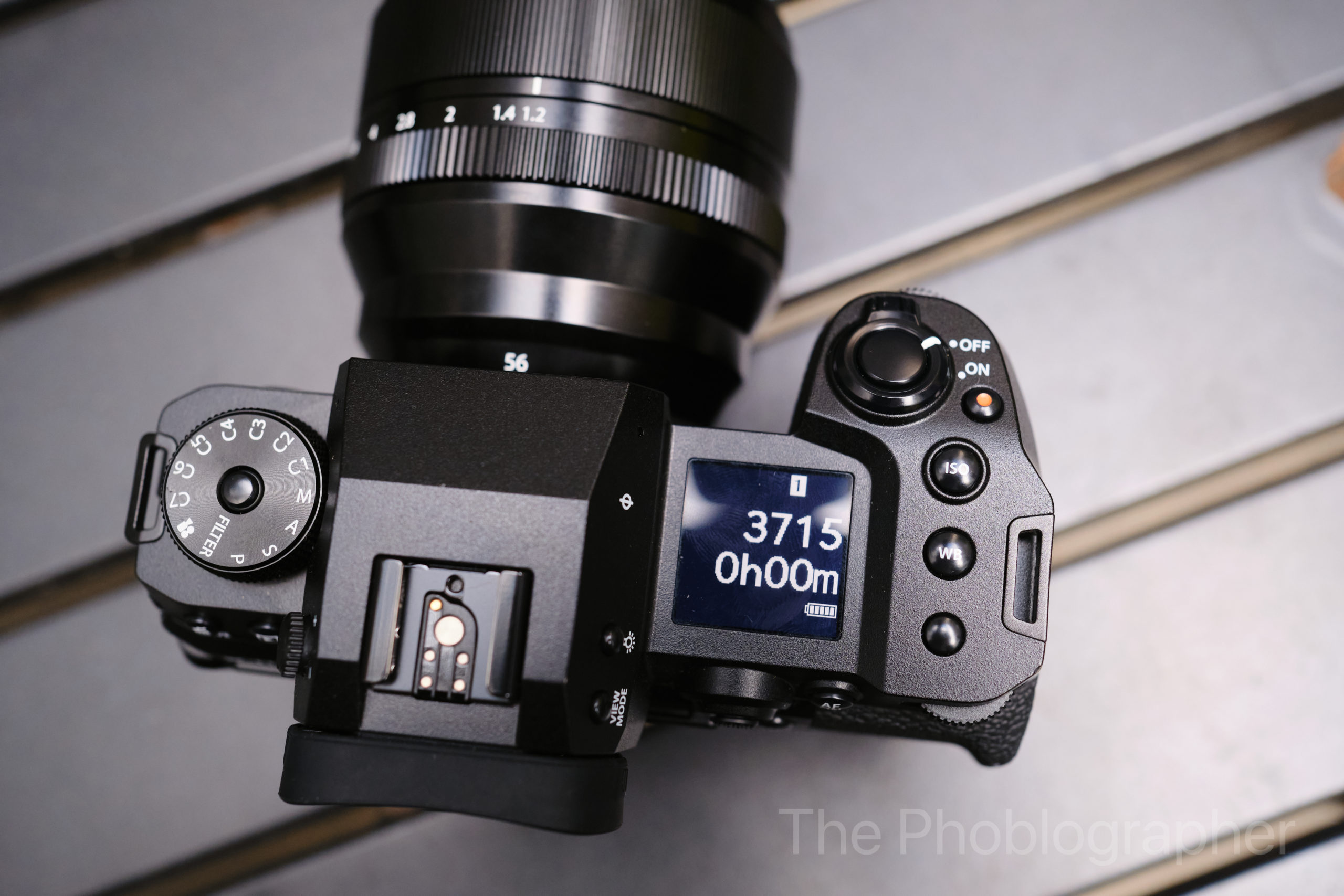
Those buttons exactly control white balance (important!), ISO, and then there’s a customizable one.
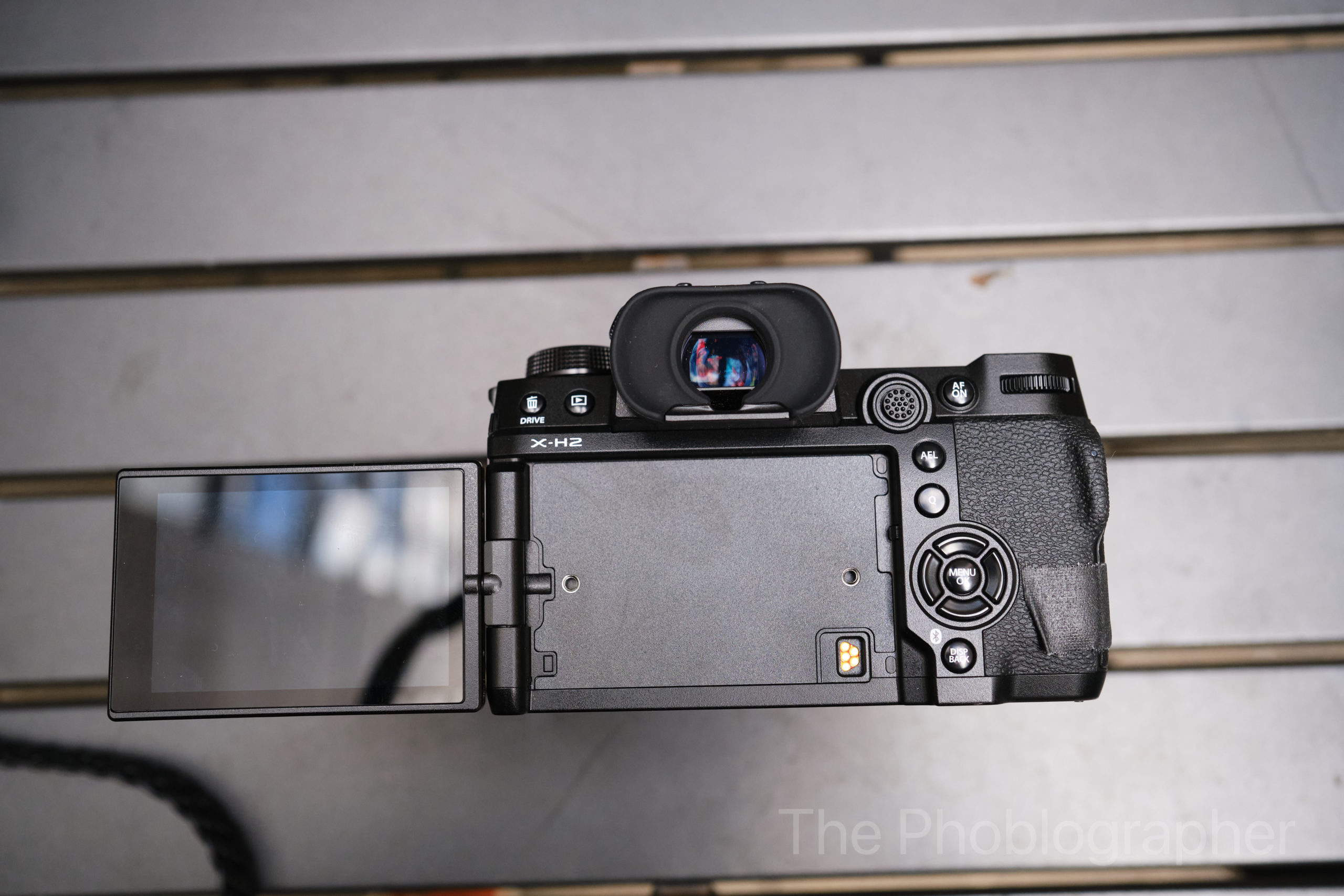
Moving quickly to the back of the camera. You’ll see the new style of joystick, playback on the top left, the D pad, and a port area where the screen is supposed to be flat. There’s also the EVF here.
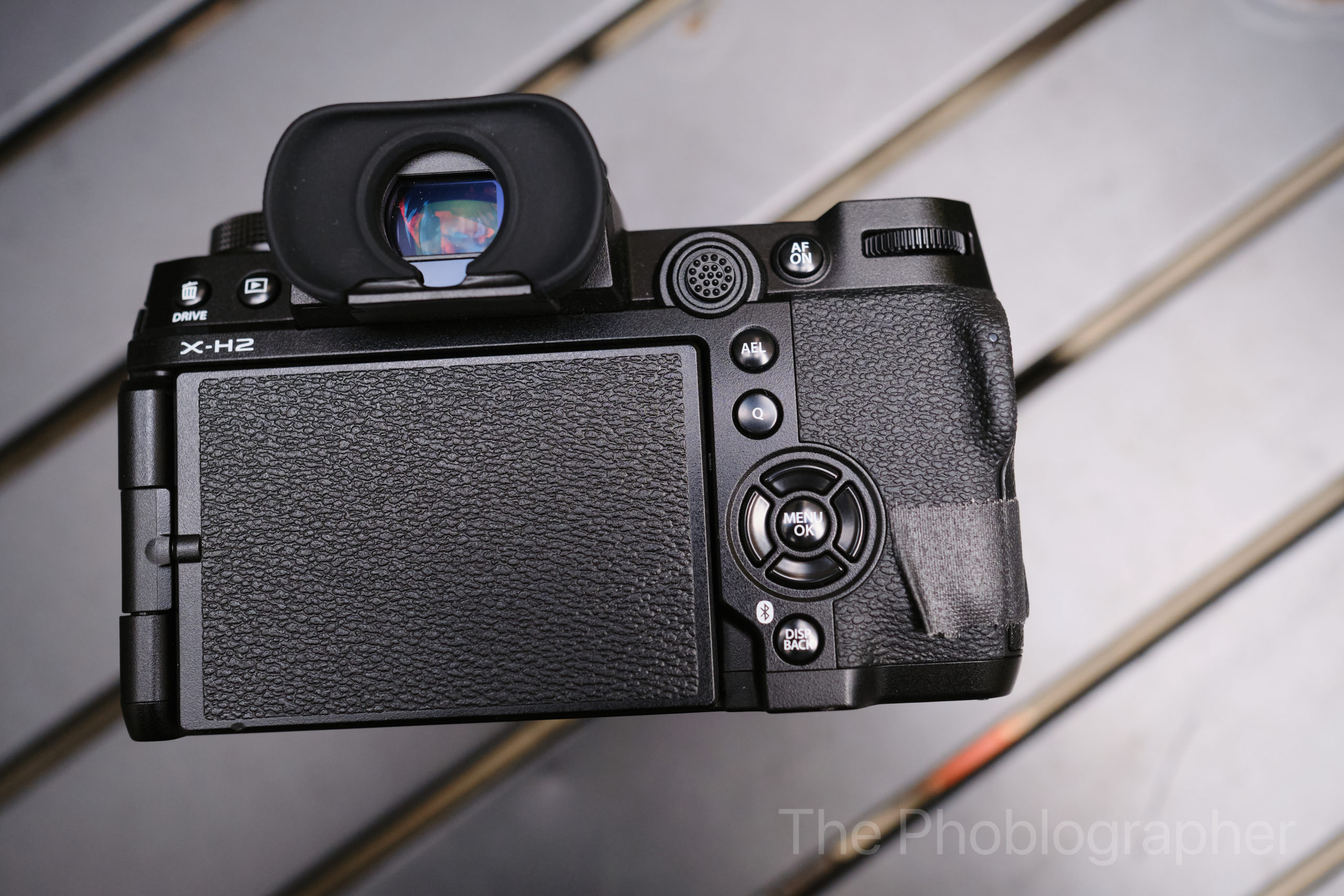
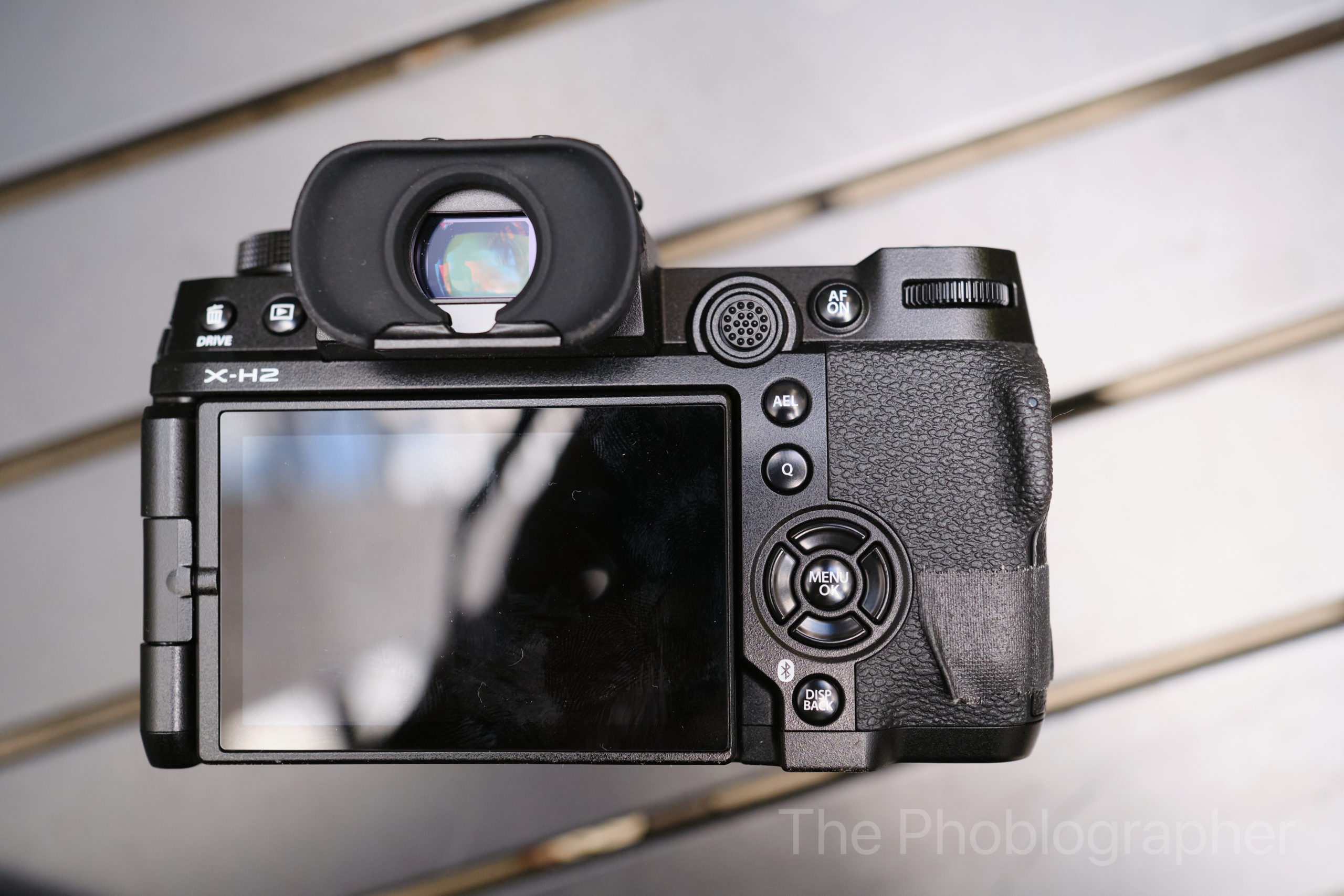
Here’s what the screen looks like when it’s flush against the camera.
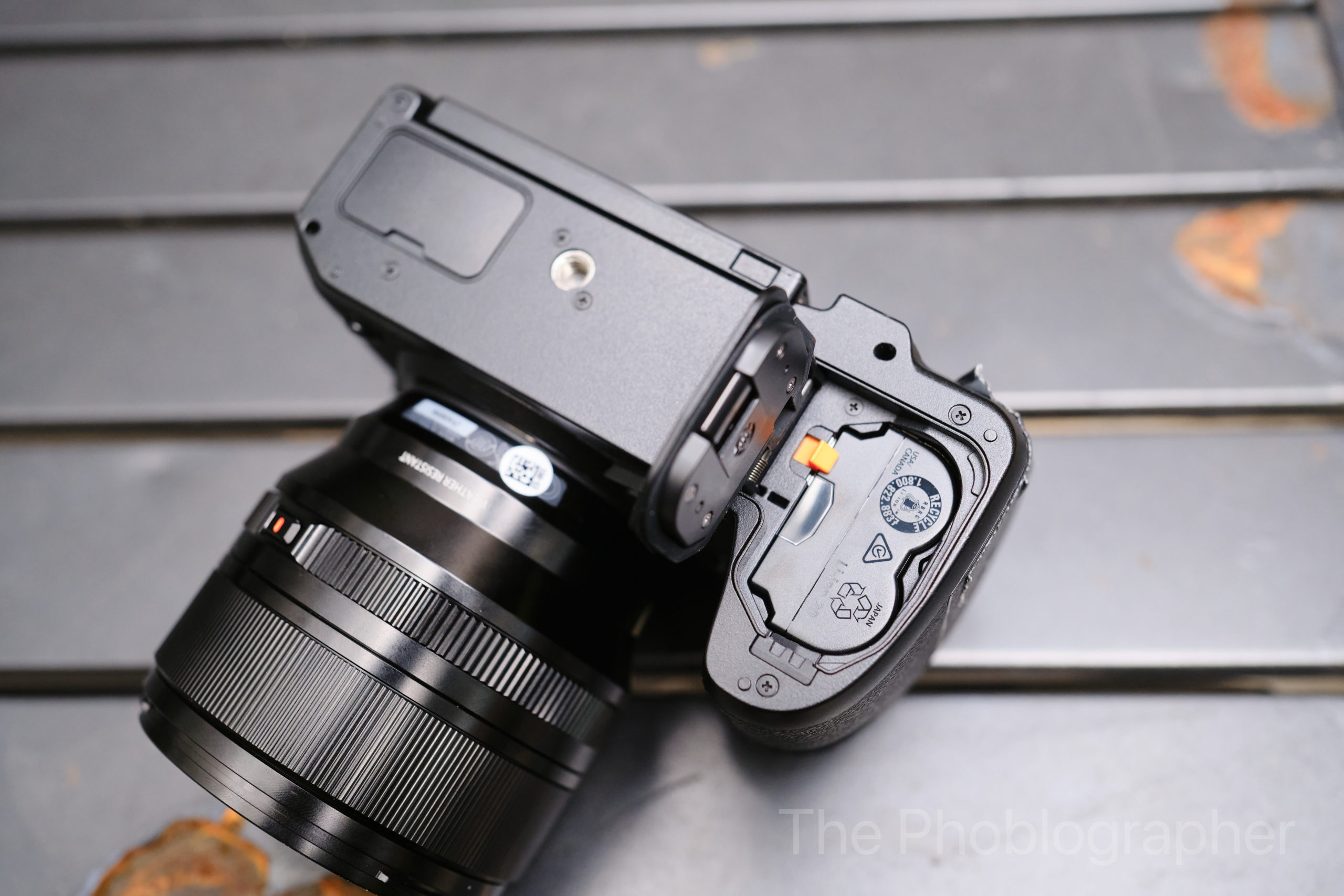
On the bottom, you’ll spot the battery door. It’s just like the XT4 and the XH2s.
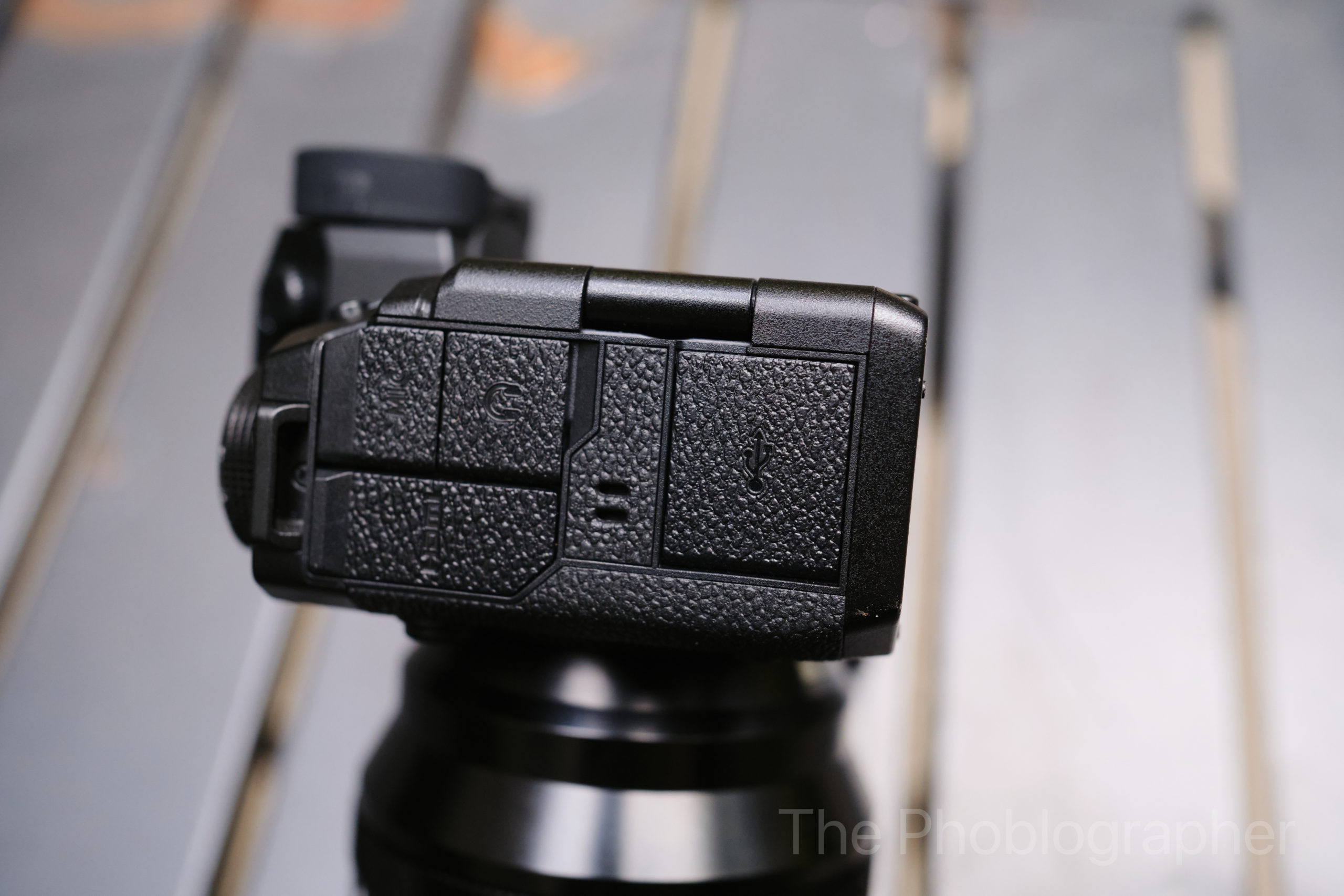
Here are a bunch of the ports that area necessary. To complete the weather-resistance, make sure that these are closed.
Build Quality
In the hand, I’m quite impressed with the way that the Fujifilm XH2 feels. The XH1 felt incredibly clunky. And believe it or not, I think that with this new iteration that it was a good idea to remove the top dedicated shutter dial. Yes, I’m saying that—the guy who still swears by his X Pro 3. The XH2 feels like a camera that Sony only dreams of ever making ergonomically. While I’m still a rangefinder guy, the XH2 is far easier to pick up and just use than the XH1 was.
The Fujifilm XH2 is weather-resistant. Considering how good Fujifilm’s build quality has been in the past for us, we’re sure that this will be just as good. For reference, we took the X Pro 2 into monsoon-like rains here previously and it survived without a problem. Our X Pro 3 has also survived quite hellish environmental problems. However, the XH2 lacks the titanium of the X Pro 3.
Ease of Use
Let me start with something I’m really not liking: the lack of a touchscreen menu. I think that Fujifilm’s flagship cameras in X series should have this, and this sadly lacks it. At least, in my five minutes with the camera in hand, I didn’t experience a touch-interface.
Otherwise, if you’re a Fujifilm user, a while lot will be familiar. The AF mode dial is still on the front towards the bottom, for example. There are new and clearly labeled buttons on top. And the new joystick feels a bit odd. It’s completely unlike anything from Nikon, Sony, OM System, Panasonic, or Canon. In fact, this is so unique that if I were to feel each in the dark, I’d probably be able to tell the Fuji apart from the rest.
So what does this feel like? Imagine a basketball covered in hard plastic and for some reason, you decided to push your thumb against it.
Update
After using the XH2 for a little while, I found the subject recognition to be a bit difficult to use compared to other camera systems. By far, the easiest to use are Sony and OMDS. Fujifilm has so many that it makes sense to set a single button to subject detection and then allow the user to cycle through. But indeed, that’s not possible. Further, with scene recognition on, face detection and eye detection gets disabled. That means that while the XH2 will try to focus on the eye of a cute dog, it won’t always get it in focus, unfortunately. And when tracking birds, it doesn’t go for the eyes either.
Autofocus
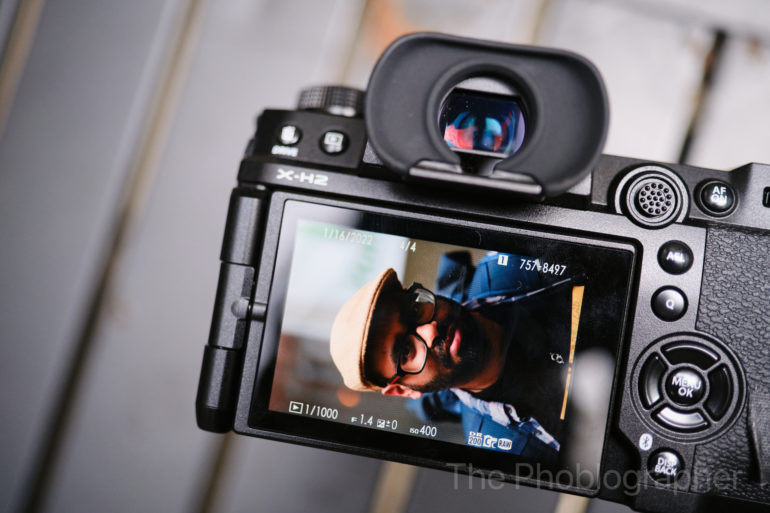
We did a quick test with the Fujifilm 56mm f1.2 R WR lens on the streets of NYC. Our PR rep really didn’t want their photo published, so I asked them to photograph me instead. Surprisingly, the autofocus tracked the fastest I’ve ever seen. This is the autofocus that the focus and recompose crowd could only dream of a decade ago. It successfully tracked my eyes through my glasses while the camera recomposed.
And more importantly, it seems like eyelash AF is gone. That’s super exciting!
Update
While human eye detection and focusing is very good with Fujifilm lenses, I found that using the Tamron 17-70mm f2.8 and 18-300mm can slow things down or make the image output soft. When trying to focus out at 300mm on a bird, the Tamron lens at one point simply refused to focus. Indeed, the new Tamron lenses are capable, but they’re not super sharp on this new sensor. And hopefully with firmware updates, the autofocus will greatly improve.
Image Quality
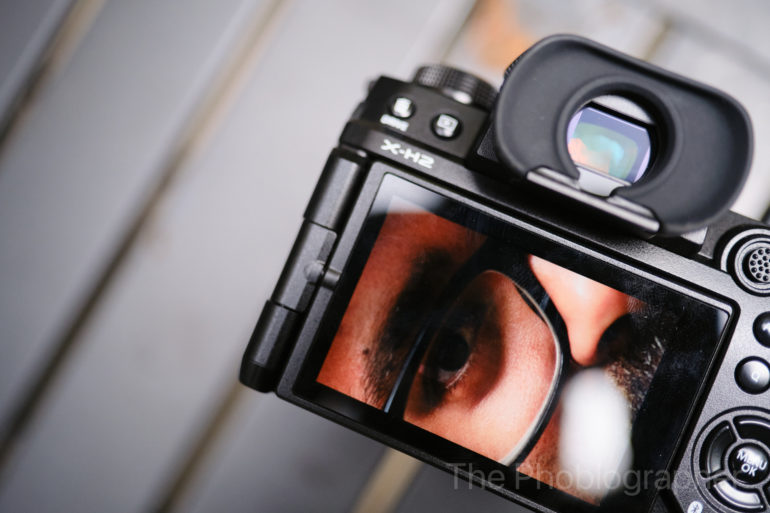
We haven’t been allowed to put an SD card into the cameras yet, but that might change soon. All the units we saw had the battery doors taped down. However, with what we’re seeing so far, we’re super impressed.
Update
Wow! The Fujifilm XH2 is supported in Capture One Pro already, and the results are simply gorgeous! We’ll post some photos below here and label them accordingly by section.
Fujifilm says that the older lenses won’t resolve the sensor, but that’s wrong. These lenses are resolving the sensor for sure, but they’re not as sharp or clear as some of the newer lenses as you’ll see.
23mm f1.4 R WR Edited









23mm f1.4 R WR Unedited

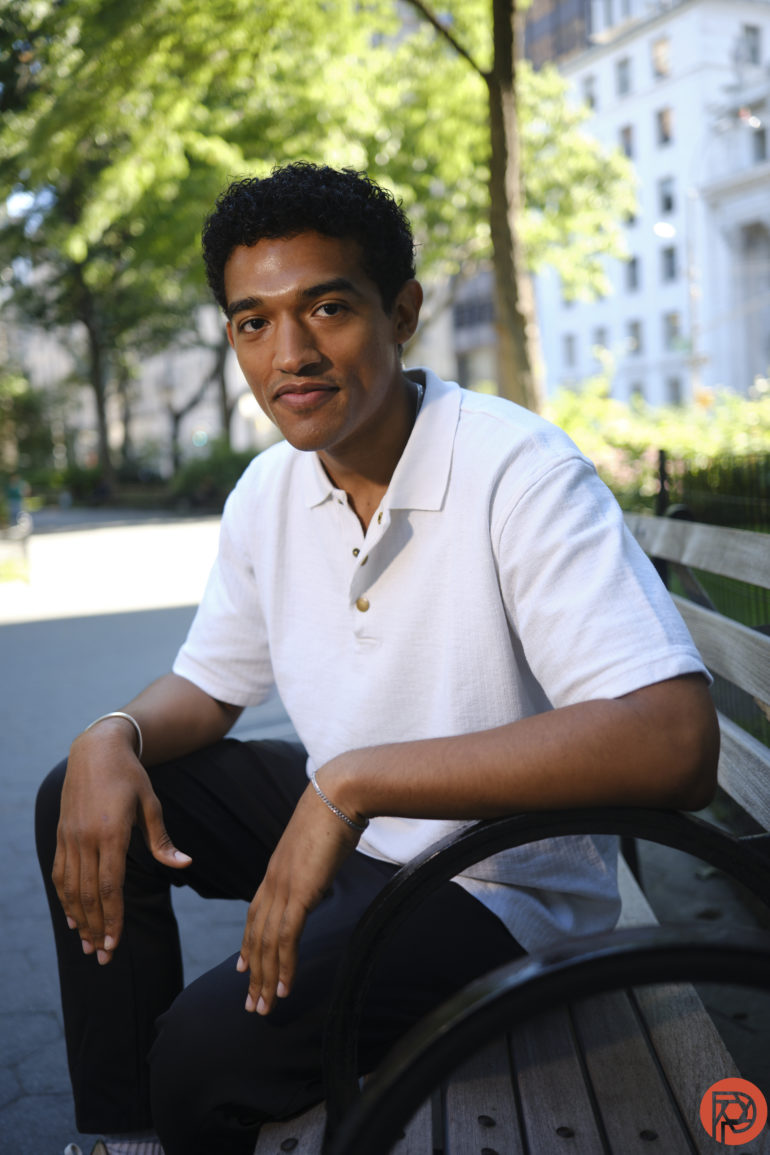


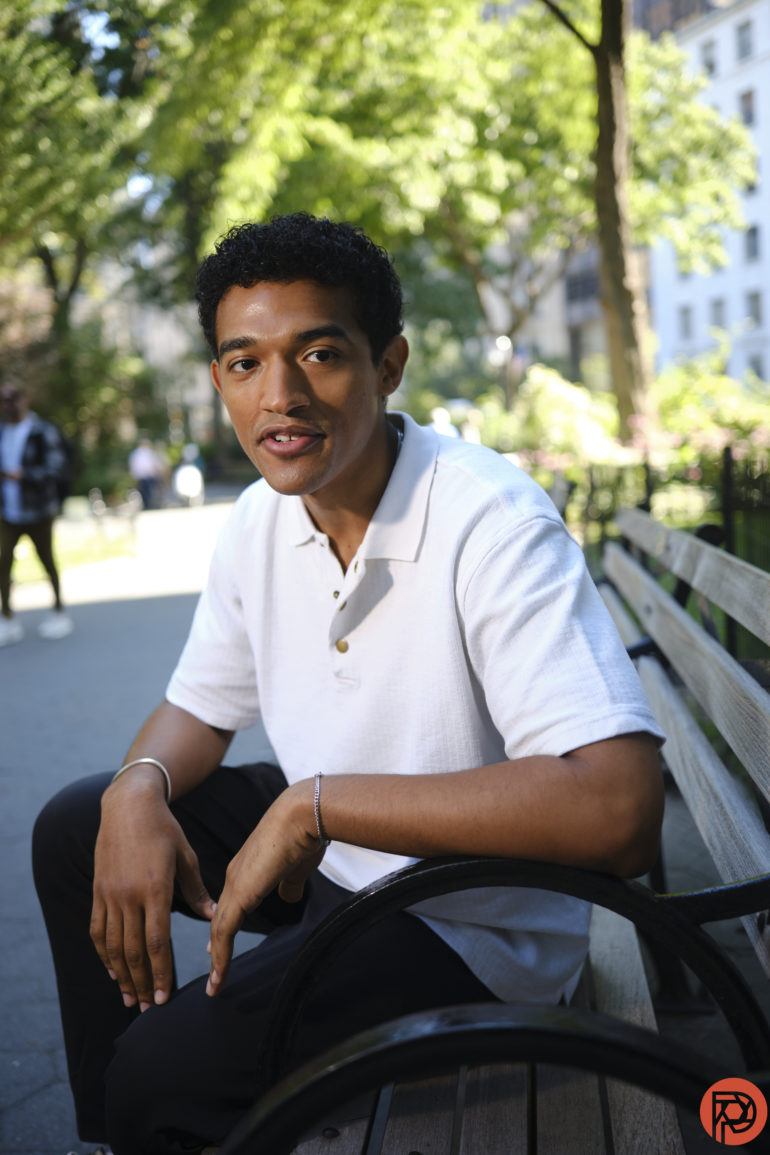
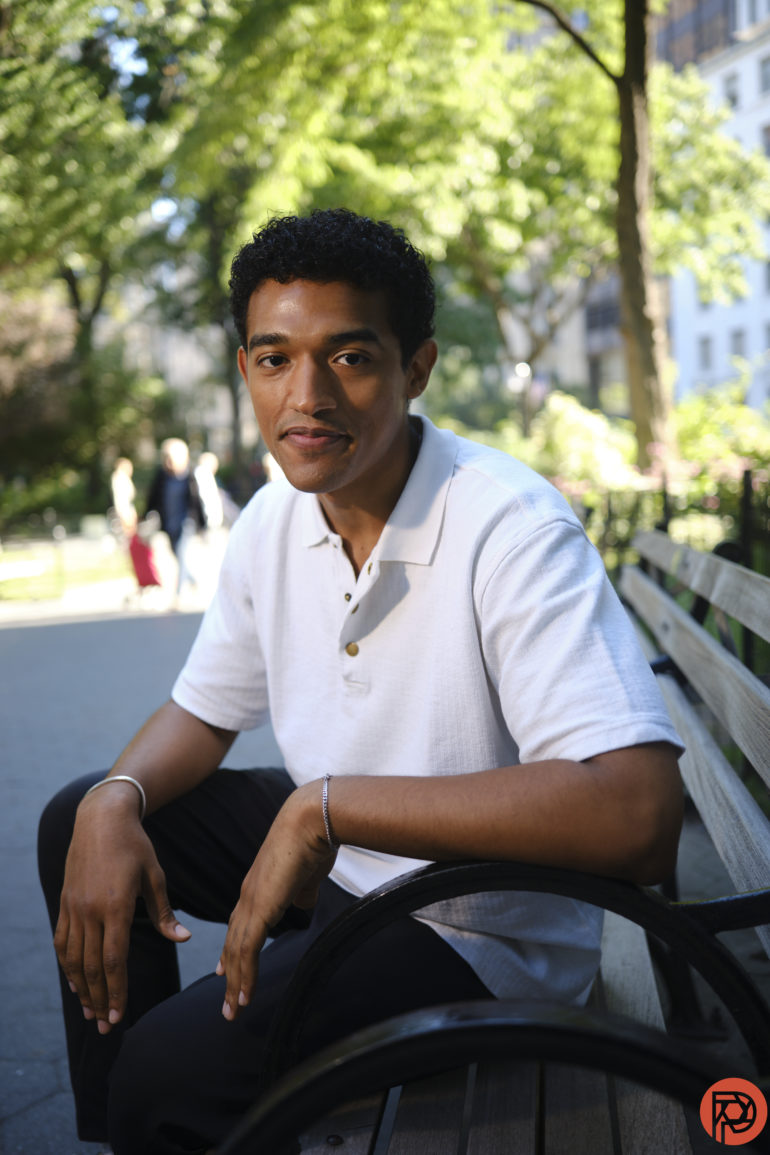
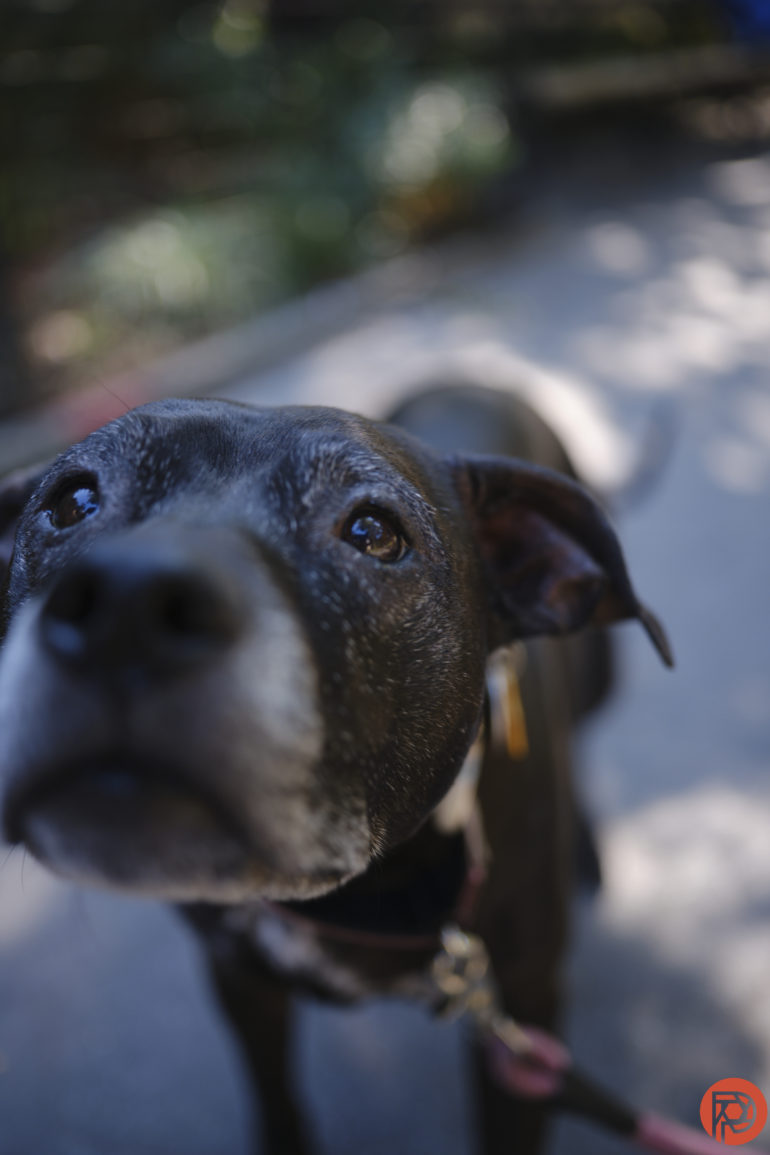
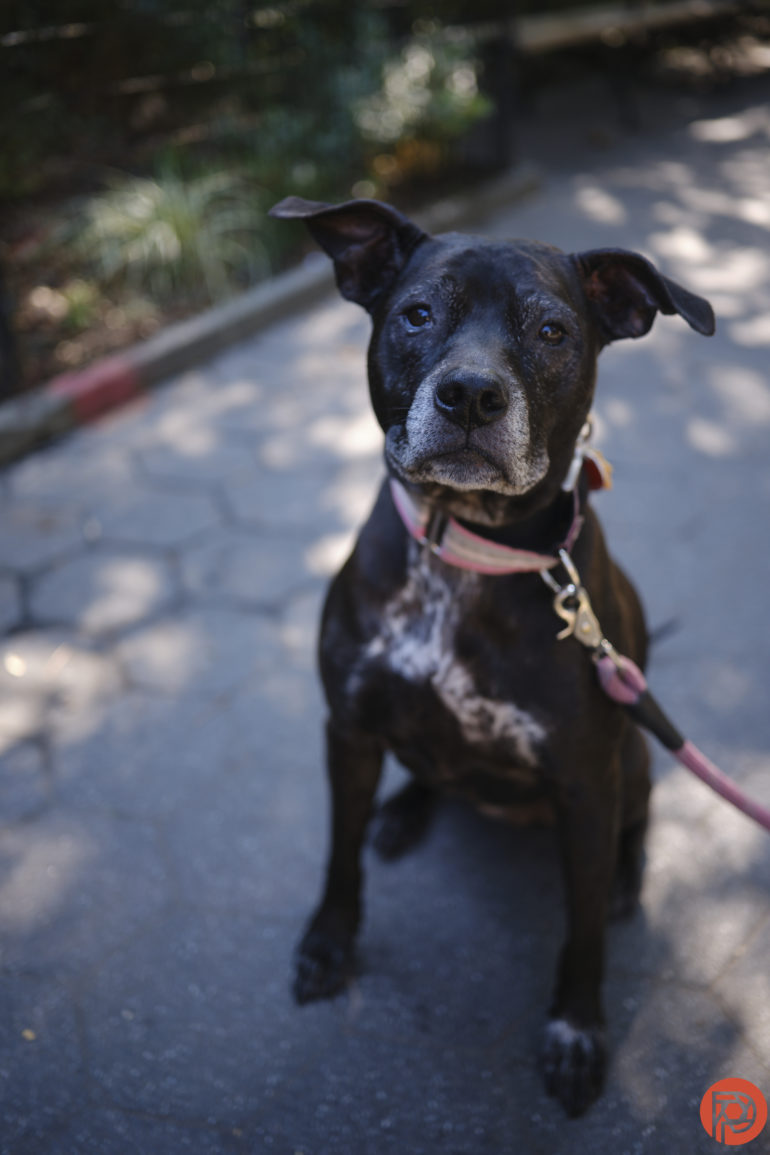
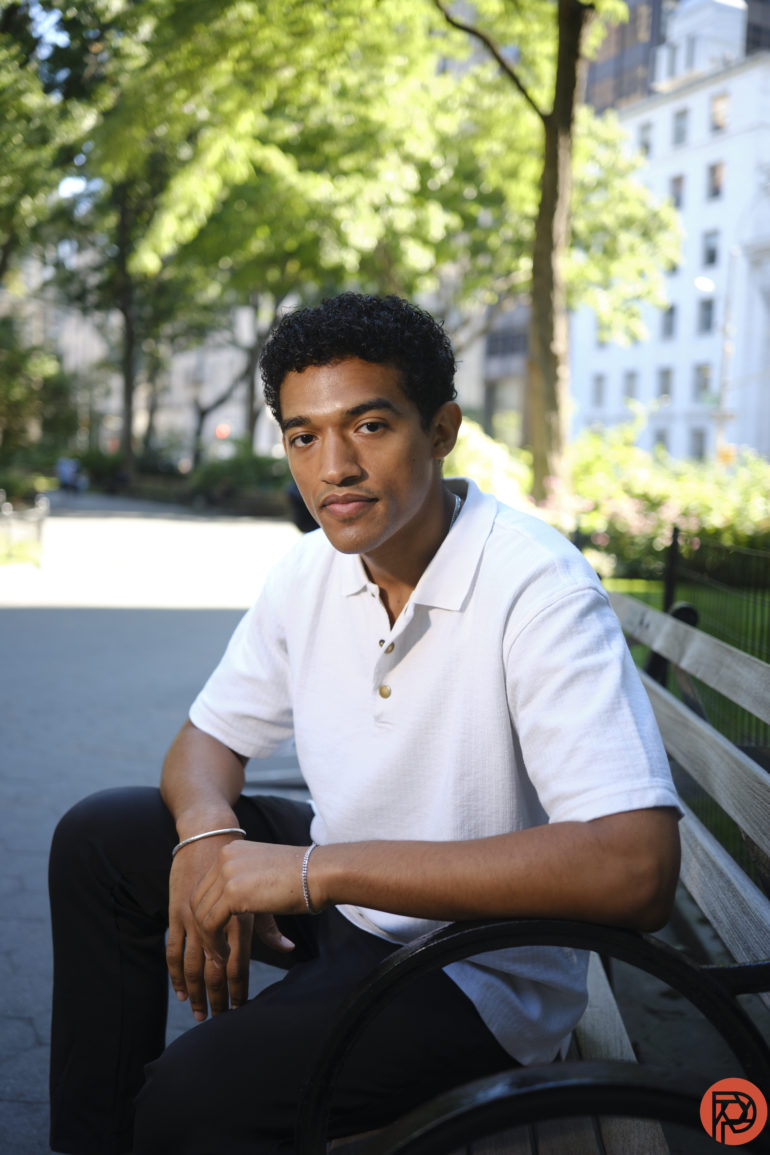
35mm f1.4 R Edited
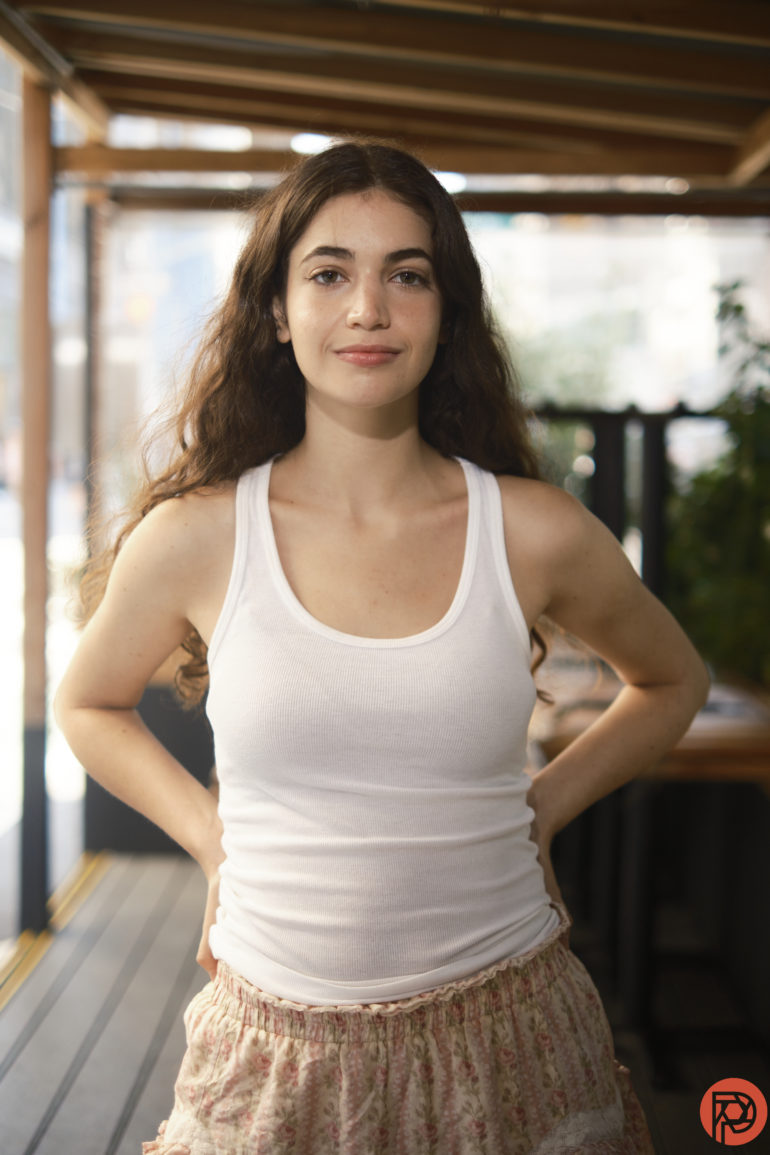

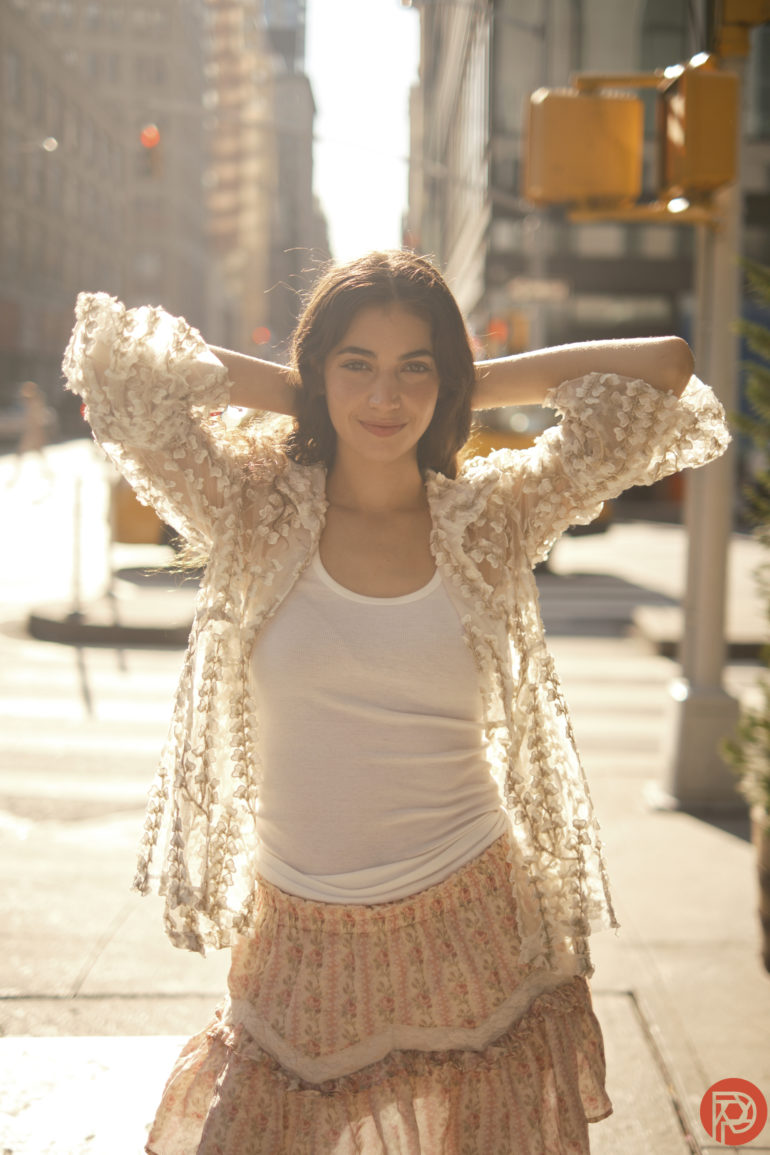
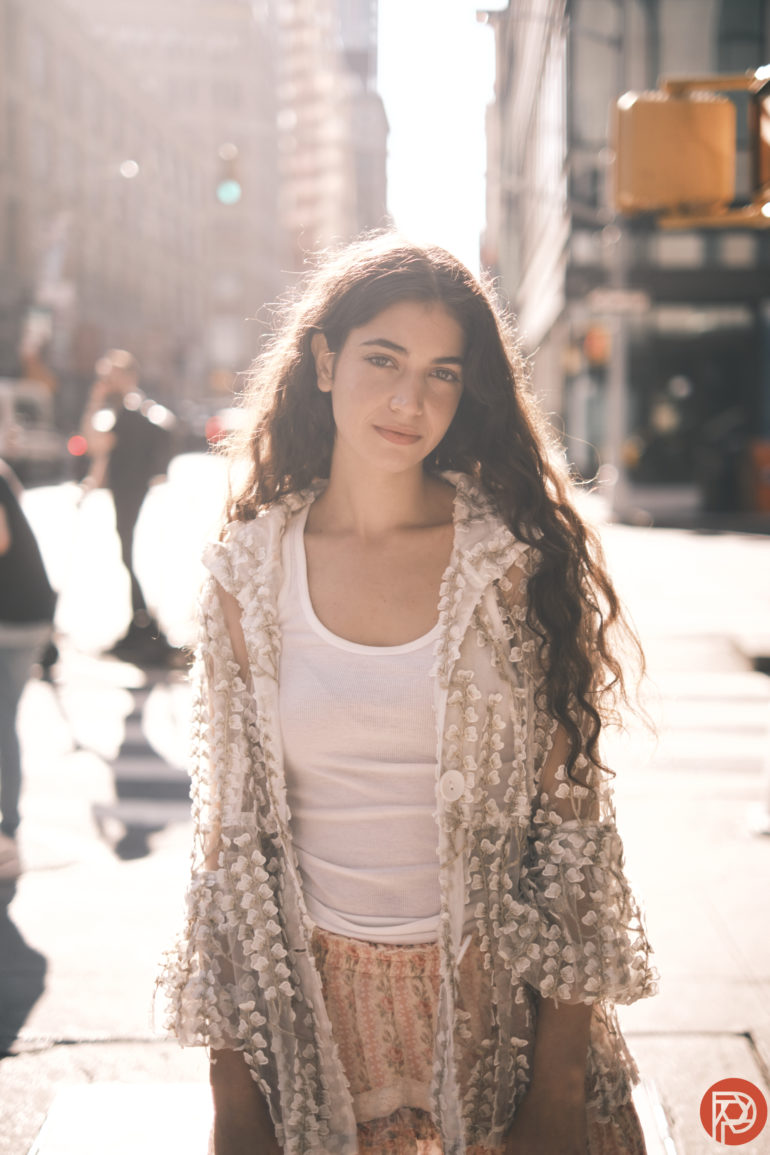
35mm f1.4 R Unedited
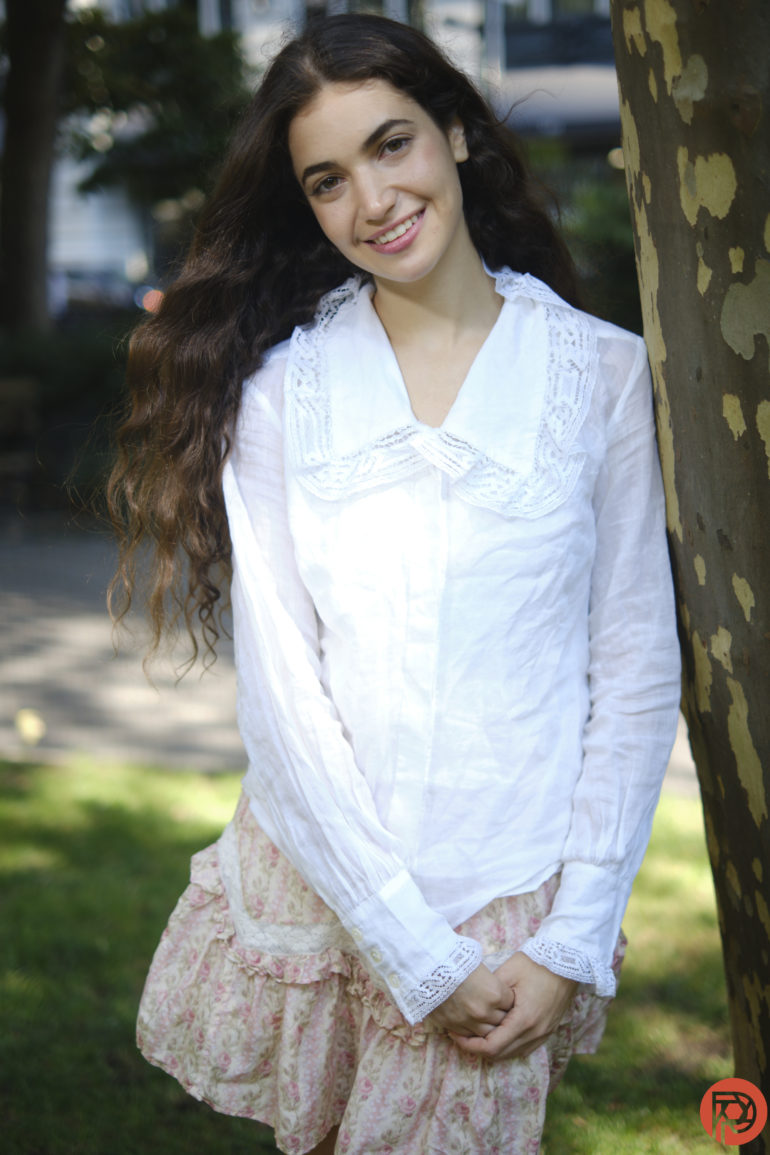

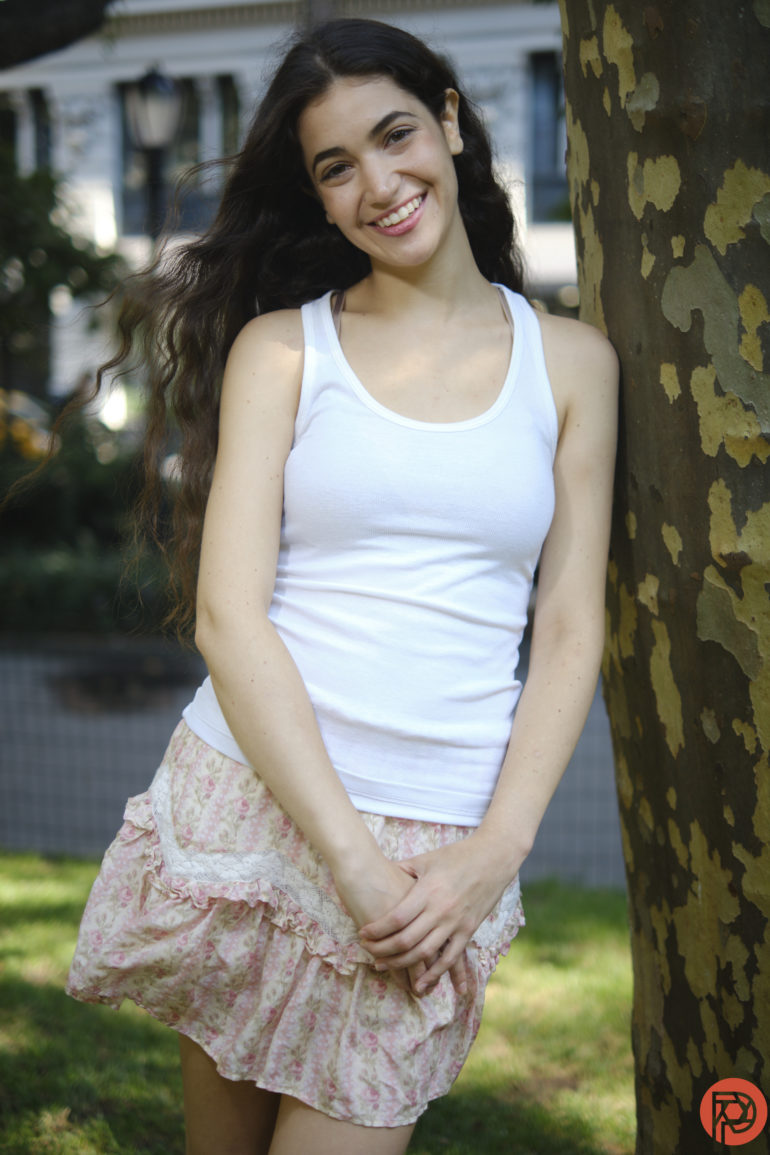
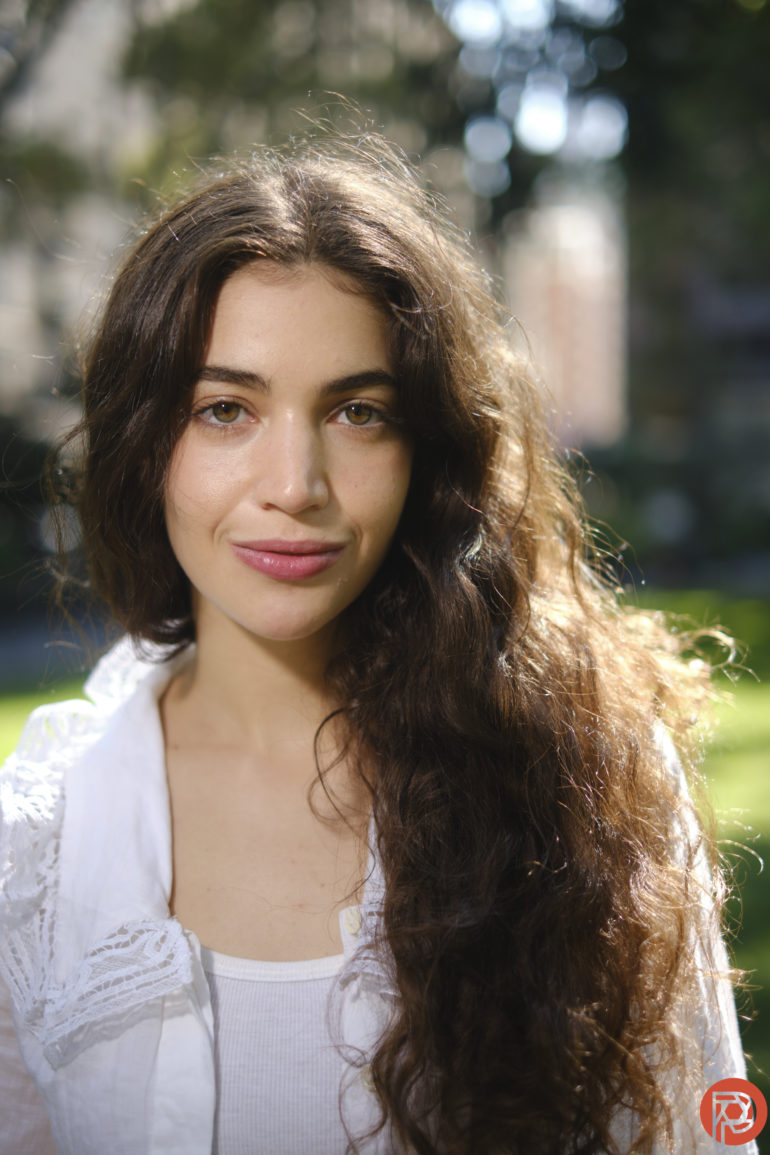
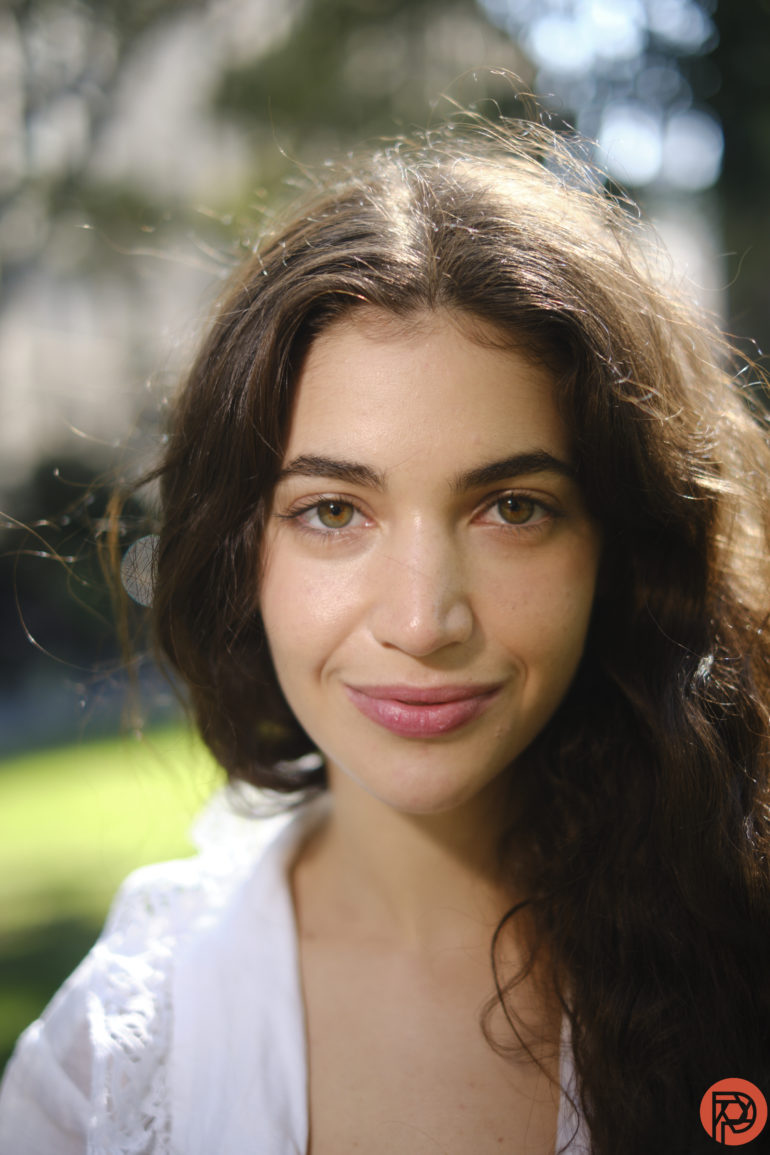
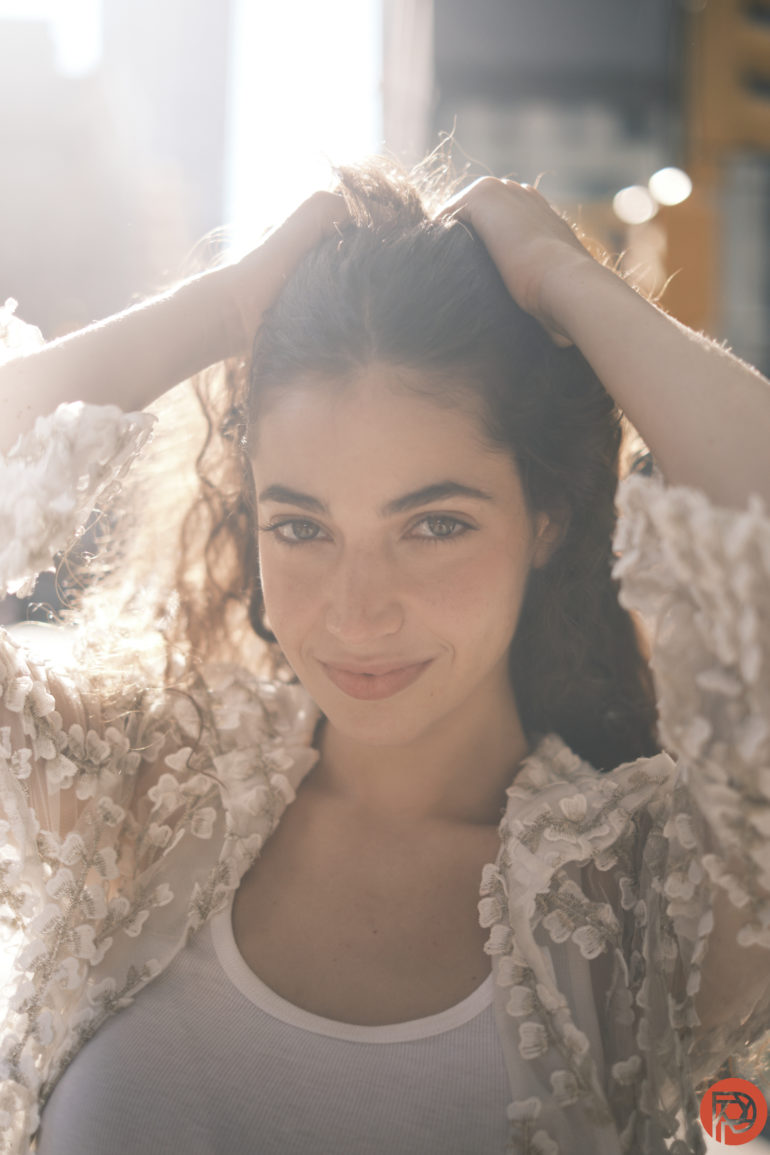
Tamron 17-70mm f2.8 edited
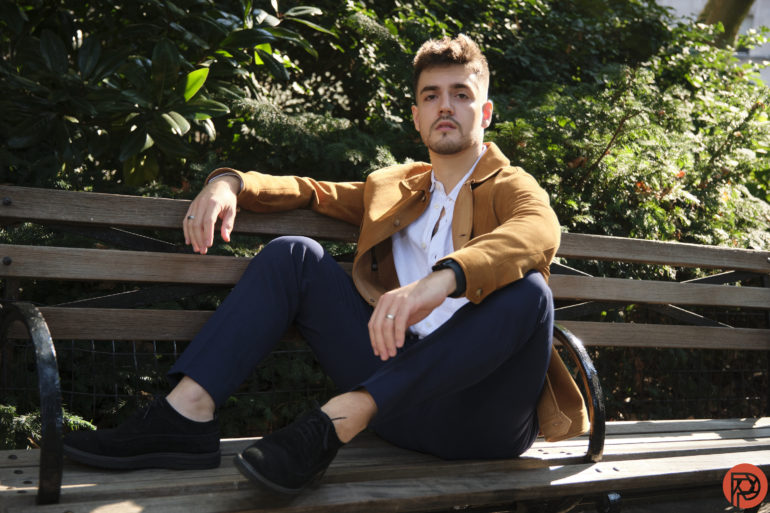
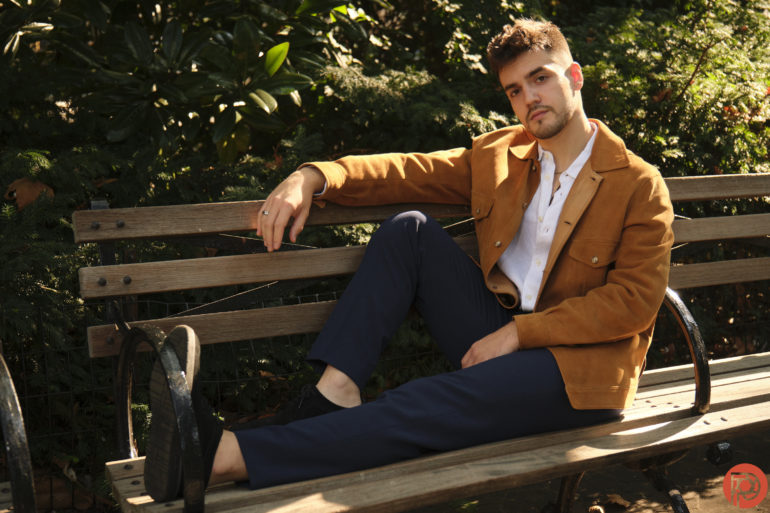
Tamron 17-70mm f2.8 Unedited



Tamron 18-300mm Unedited
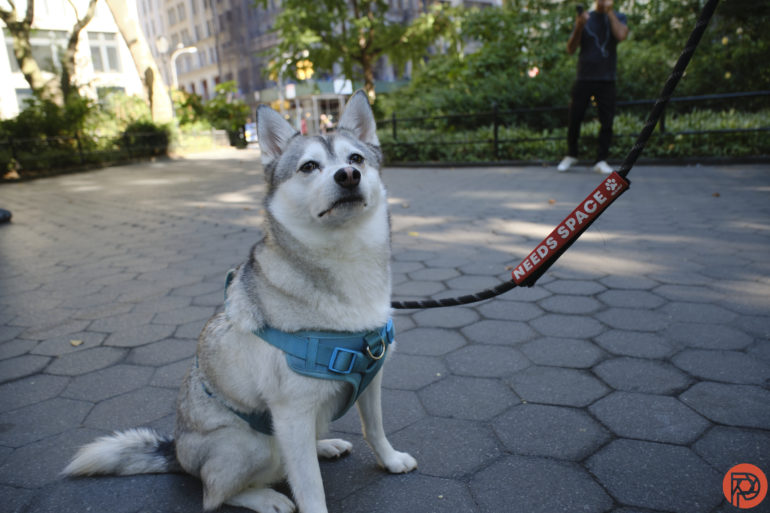
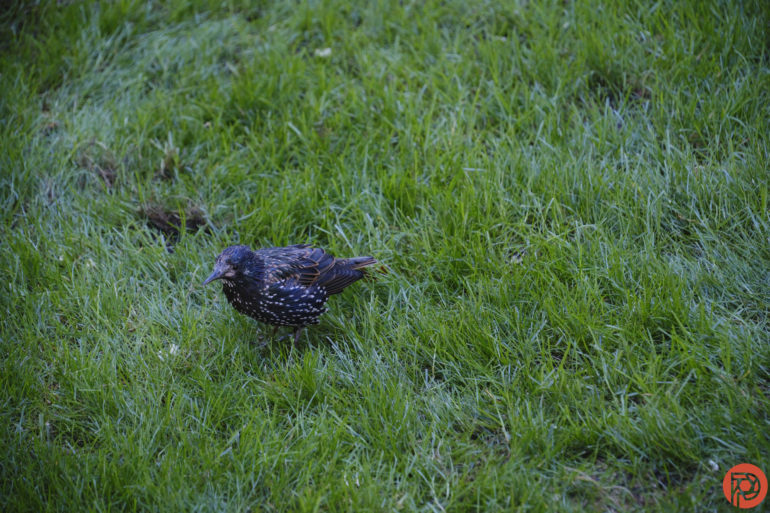
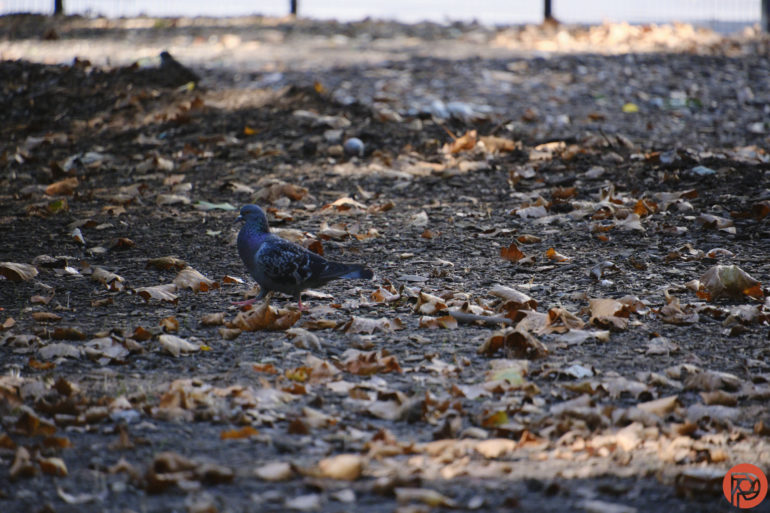
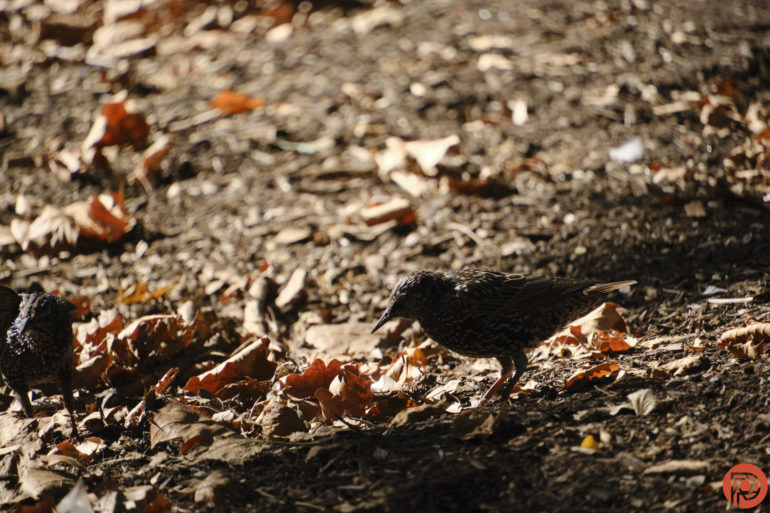
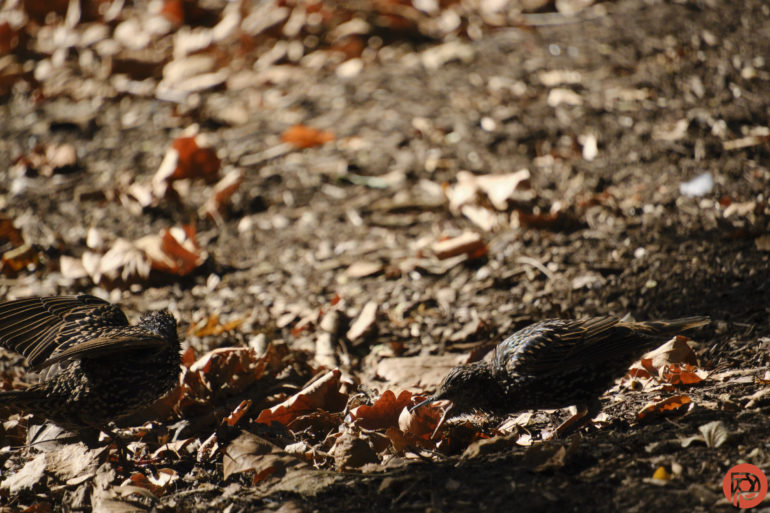
Fujifilm 56mm f1.2 R WR Unedited
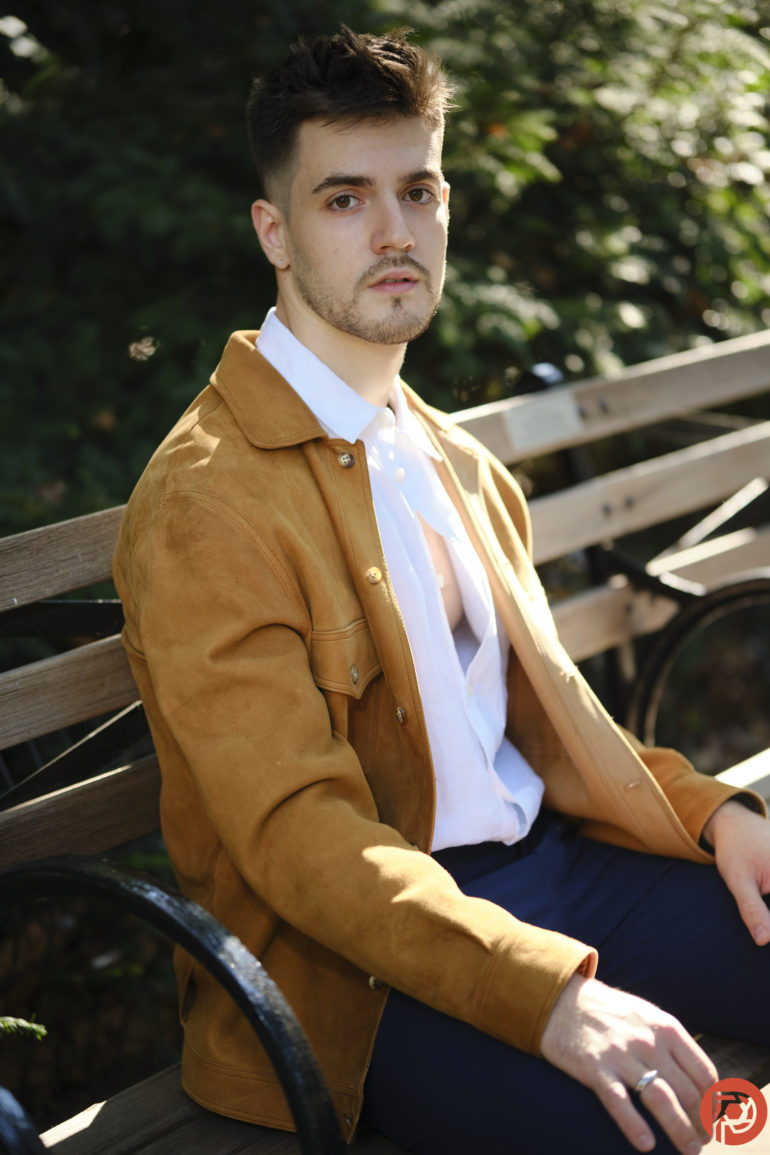
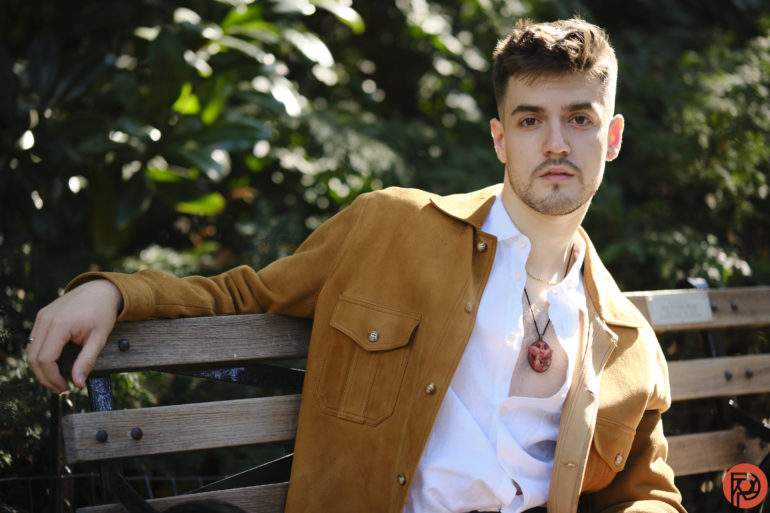

Fujifilm 56mm f1.2 R WR Edited
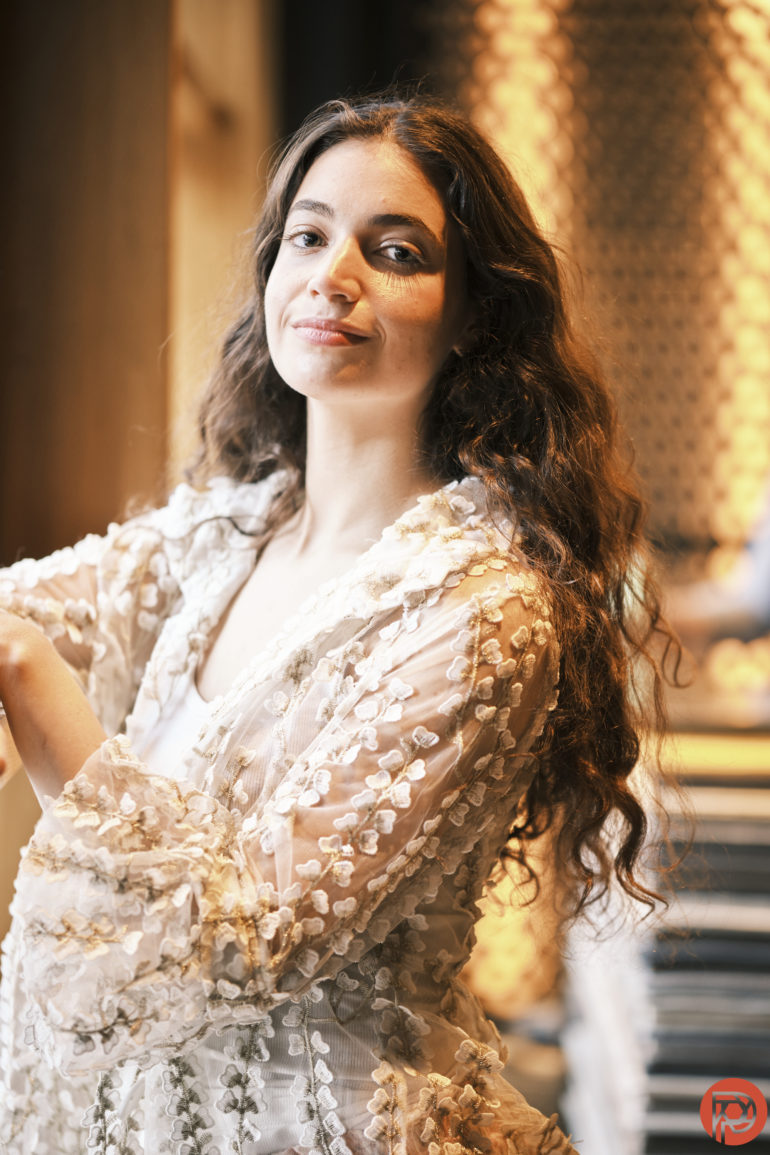
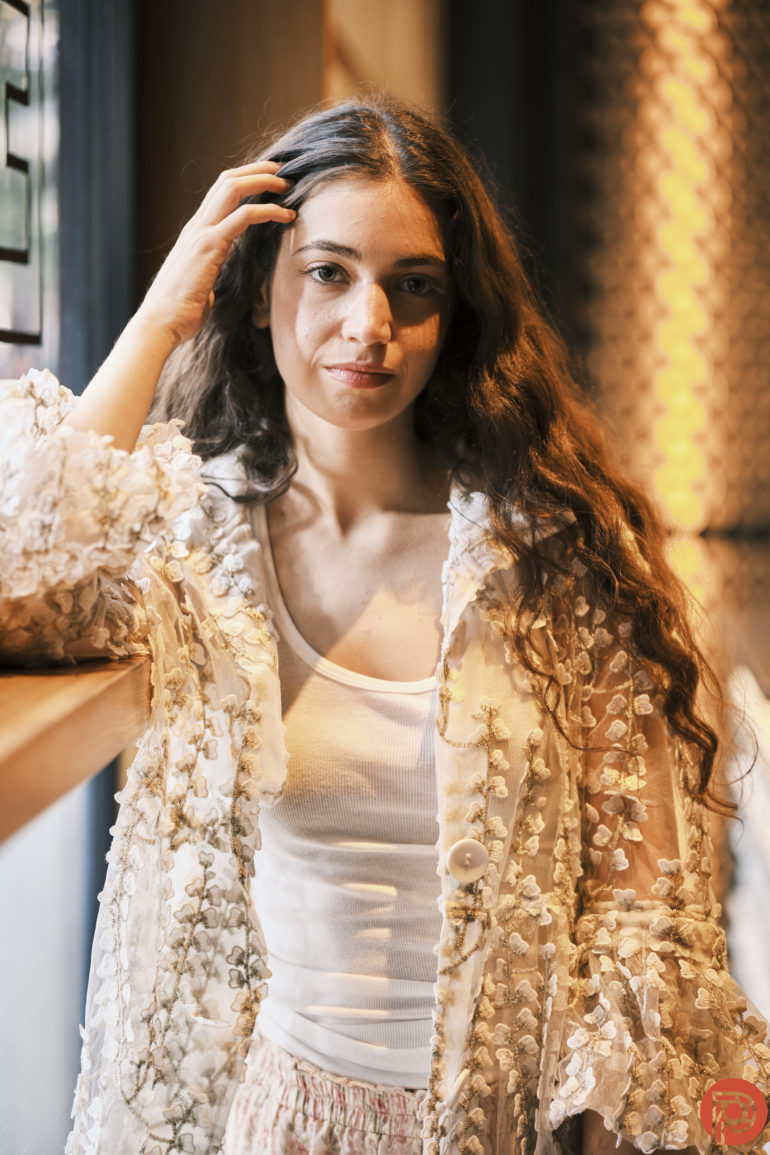
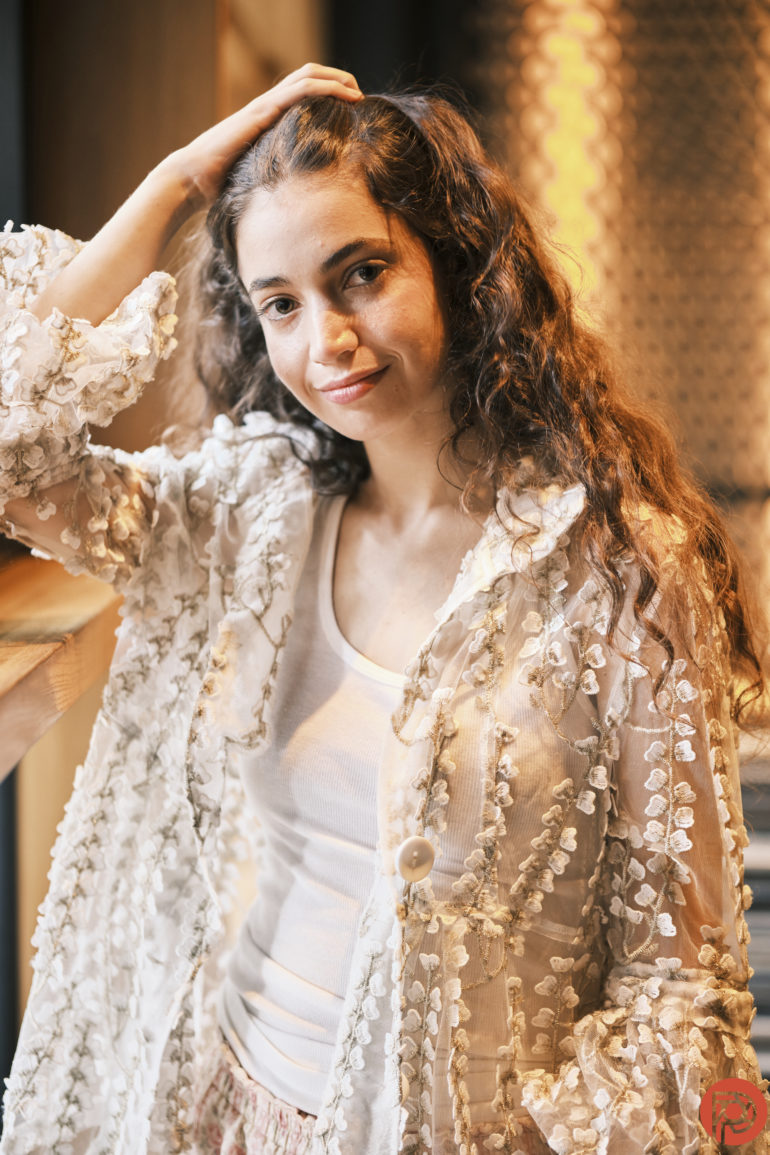
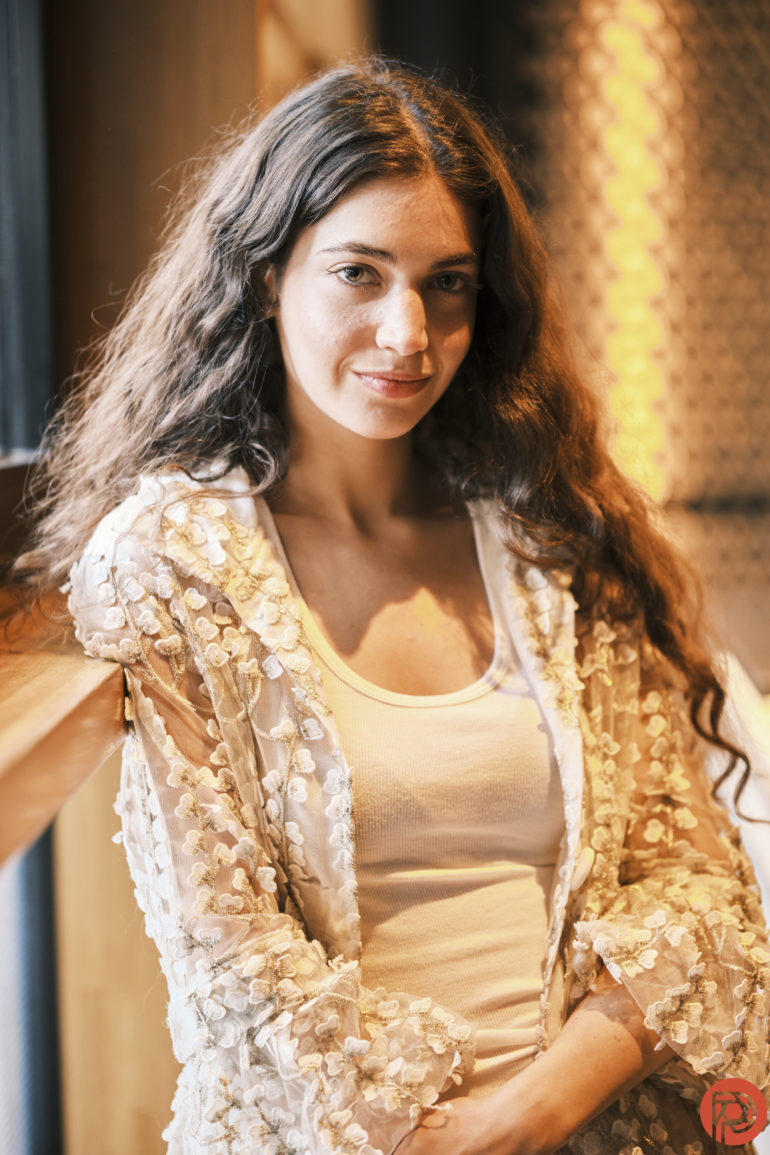
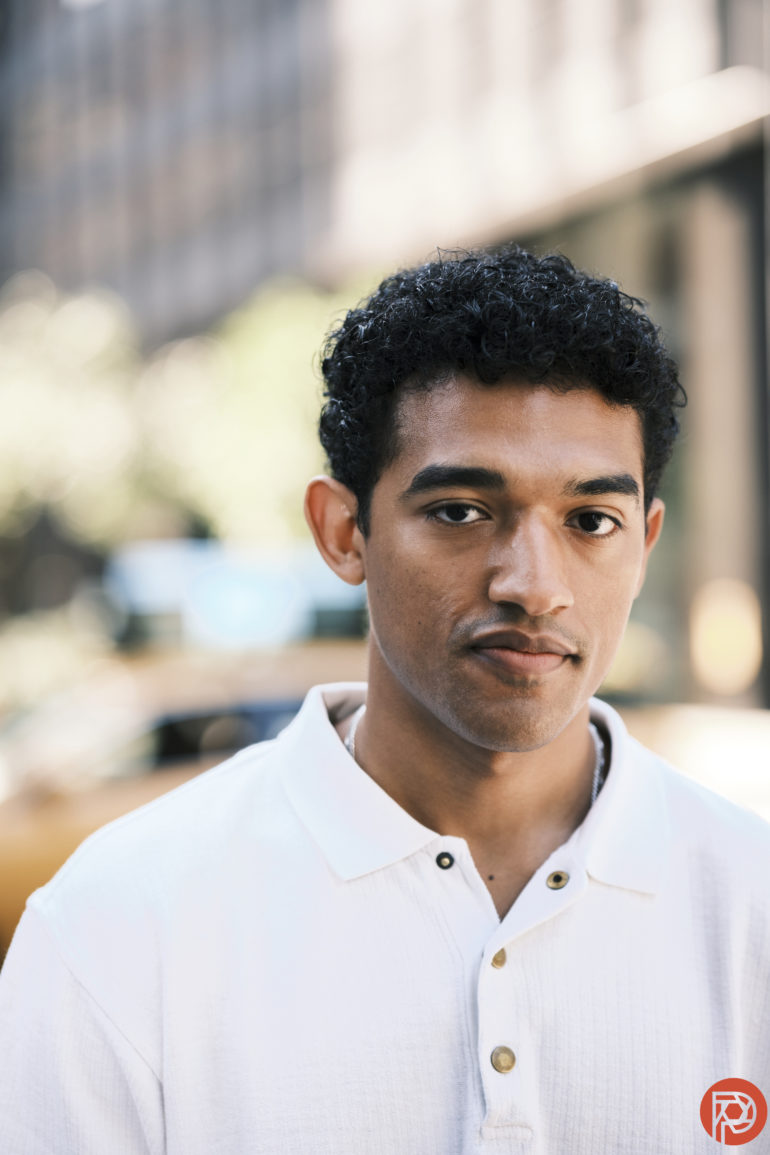
First Impressions
Fuji: did you a damned good job so far. Granted, I’ll be the one on our team to test the XH2 out. And I’m pretty excited to do that while also scared that I might be tempted into buying it. My biggest concerns were the autofocus, but so far, Fujifilm seems to be calming any concerns I had.
This post will be updated later with more info when we get a moment. So stay tuned!


